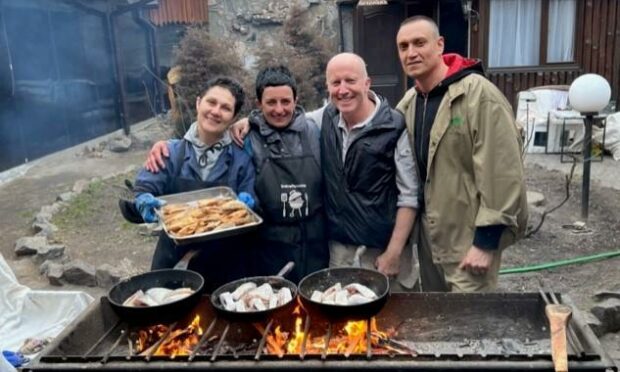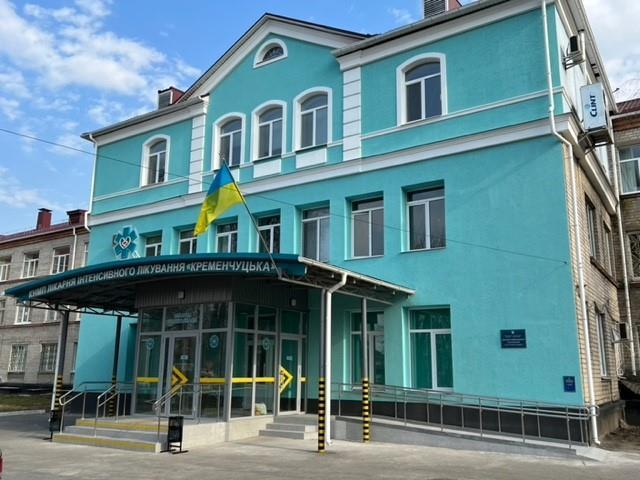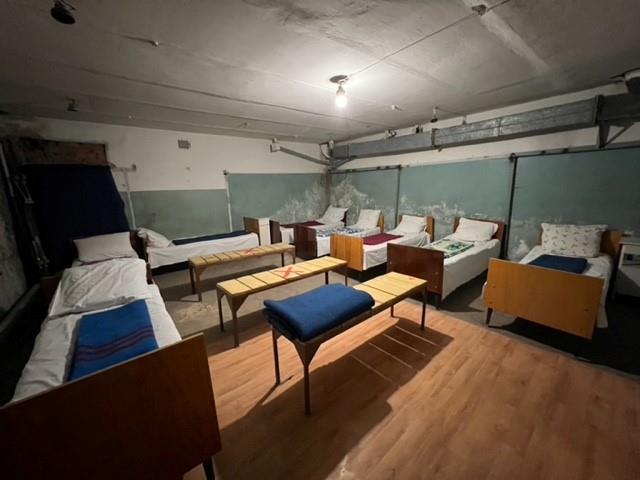Inverness doctor Andy Kent rushed to Lviv earlier this month to support healthcare workers who are helping the victims of the war in Ukraine. Here, he gives an update on the current situation on the ground.
It’s not difficult to see why eastern Ukraine has been called “the breadbasket of Europe”.
It’s like the Black Isle on an industrial scale, with massive fields of dark, rich soil waiting patiently to be tended to.
Unfortunately, this season most of the farmers seem to have downed tools to pick up rifles and protect their homeland.
They proudly man the checkpoints that have appeared at every village, bridge and road junction – delaying our passage as they check our passports with stern faces (Russian passports are also red) then waving us through enthusiastically as the learn the purpose of our visit.
In the three weeks that I have been here, winter snow has given way to spring sunshine although the wind blowing in from the east is still bone-chilling.
We’ve been travelling clockwise around the rear echelons of these defensive positions visiting civilian hospitals in towns and cities (Vinnitsyia, Zhytomyr, Bila Tservka, Kremenchuk, Poltava and Dnipro) offering help in providing specialist medical training and capacity building.
Our assessment team from UK-Med – comprising of David Wightwick, CEO, David Anderson, medical coordinator and myself as surgical lead – have been warmly welcomed at every hospital we have visited.
Although they seem to be coping well in terms of capacity and personnel at present, there is no doubting that any sudden surge in Russian aggression could rapidly overwhelm their resources.
The threat of receiving chemical warfare casualties is of particular concern to them.
However, at present, they are seeing very few conflict-related casualties for two reasons; the military casualties are currently absorbed into the military medical system (no one is willing to discuss casualty rates) and many of the civilian casualties remain in the frontline hospitals within besieged towns and cities.
There is a constant wave of IDPs (up to ten million) moving from eastern Ukraine to the west.
However, many families are electing to stay in temporary accommodation in or around the towns and cities of central Ukraine – praying that the war will end soon and they can return home to rebuild their lives.
This is particularly true of the elderly – many of whom are too frail (or proudly defiant) to travel and have been left behind by their younger generations.
This influx of people is overwhelming the primary healthcare system and UK-Med, along with many other local and international volunteers, is establishing both static and mobile clinics to help address these needs.
The clinic that we helped set up last week in Drohobych, south of Lviv, is now functioning and staffed by several NHS volunteers working for UK-Med. (See reports on UK-Med’s website.)
As a trauma surgeon with considerable experience of conflict-related trauma, it can be a struggle to balance enthusiasm to get closer to the point of injury with the obvious risks to myself and my team.
Plans to return home
UK-Med is a humanitarian charity which relies on civilian (mainly NHS) healthcare volunteers – many of whom have no conflict experience and we have to be extremely careful about where we place them.
Currently, we are planning to establish a surgical base at a civilian trauma hospital in Vinnytsia (which is relatively safe and with good communication to the west, if required).
From this base, we intend to deliver expert training in limb reconstruction surgery and rehabilitation – building on the experience and capacity of local staff. We can also undertake outreach clinics and training (in mass casualty, chemical and combat trauma management) to the wider medical community.
Personally, I will plan to return to Inverness in the next week or so.
Having spent four weeks in Ukraine and the previous 3 weeks in Yemen, I feel I owe it to my wife, my NHS colleagues at Raigmore and myself!
Unfortunately, I am not overly optimistic for a rapid end to this war, and expect to be returning to eastern Ukraine again soon.


